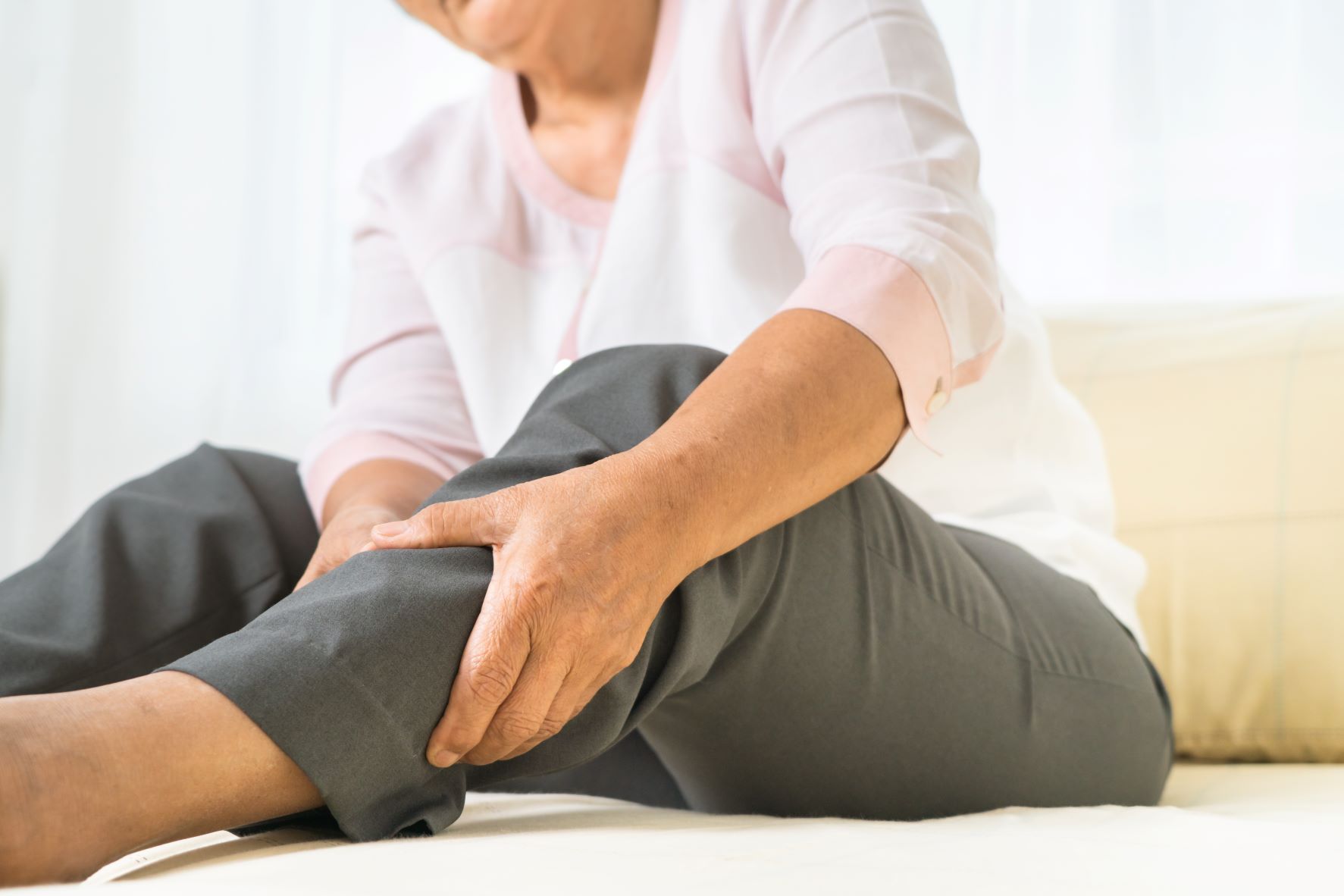
Don’t mess around with cellulitis
Take care of your skin!
No, this is not a sales pitch to enhance your looks.
It’s about your health.
Your skin is a protective layer for your entire body. Any break – a needle prick, a paper cut, a scratch, a bee sting, a thousand other things – can lead to a bacterial infection of the skin known as cellulitis. Left untreated, cellulitis can lead to serious problems, including death.
OK, most infections aren’t that serious. But 14.5 million people in the United States get cellulitis each year, according to the American Dermatology Association. And that’s nothing to mess with.
Primary symptoms of cellulitis
The most common symptoms of cellulitis:
- Redness and swelling
- Pain around the wound
- Warm to the touch
- Fever and chills
“The problem is a lot of things present the same bread-and-butter symptoms – redness, warmth, swelling. So cellulitis can be tough to diagnose,” said Jake Mefford, clinical director of OSF OnCall Urgent Care.
Poison ivy is a good example. Your skin breaks out and swells. You feel some pain or, more accurately, an itch. But it’s just poison ivy. You’re told not to scratch, but you can’t help yourself.
“Then you break the skin and open the door to cellulitis,” Jake said.
Clean and bandage cuts immediately
That’s why it’s important to treat any type of skin break immediately.
“Our bodies are covered with good and bad bacteria, no matter what we do. It’s not hard to get an infection,” Jake said.
Most of the time, you can clean the wound with soap and water. Apply an anti-bacterial disinfectant. Put a bandage on the wound. Then keep a close eye on it.
When to seek urgent care
If redness, swelling or pain intensify over the next 24 hours, see a health care provider immediately.
“If you’re 48 hours out and have increased redness, that’s a huge red flag,” Jake said.
Other symptoms can include blisters, bruising, headache or red streaks tracking from the wound.
And if your skin starts looking black, or if you experience weakness or tingling in your arm, hand, foot or leg, go to an emergency department near you.
“Cellulitis needs to be evaluated as early as possible rather than monitored for possible progression,” Jake said. “We’ve unfortunately seen people with a wound that develops cellulitis on Saturday who suffer a cut on Saturday and decide to wait until Monday to see a provider. Then they wind up in the emergency department on Sunday night, due to the delay.”
Don’t delay treatment
Cellulitis can be treated with antibiotic medications. But the longer you wait, the more difficult it becomes to overcome the infection. Sometimes, hospitalization may be required.
“A superficial infection can get deeper and more severe very quickly. You can become septic and even die if it’s untreated,” Jake said.
“When people die like that, you usually don’t hear the cause was cellulitis. You’re more likely to hear that an elderly person with diabetes got a wound on their foot, got a systemic infection and died from sepsis. The cellulitis gets left out of the narrative, but that’s where it started.”
Guard against skin injuries
Cellulitis is most common in people who are middle-age or older, overweight or diabetic. But anyone can get it.
Skin cut still red, swollen and painful?
Cracks in your skin from athlete’s foot or simply cutting your fingernails too close can present an opening. Same with chapped, dry skin.
You can take precautions to guard against skin injuries that open the door to cellulitis:
- Wear shoes to protect your feet.
- Wear elbow and knee pads when bicycling, skating and such to avoid scrapes if you fall.
- Change out of sweaty socks to keep your feet dry.
- Use moisturizer on your hands.
But the biggest thing to remember is that when you do suffer a skin break, clean and bandage it immediately. And if symptoms persist or worsen, seek urgent care.